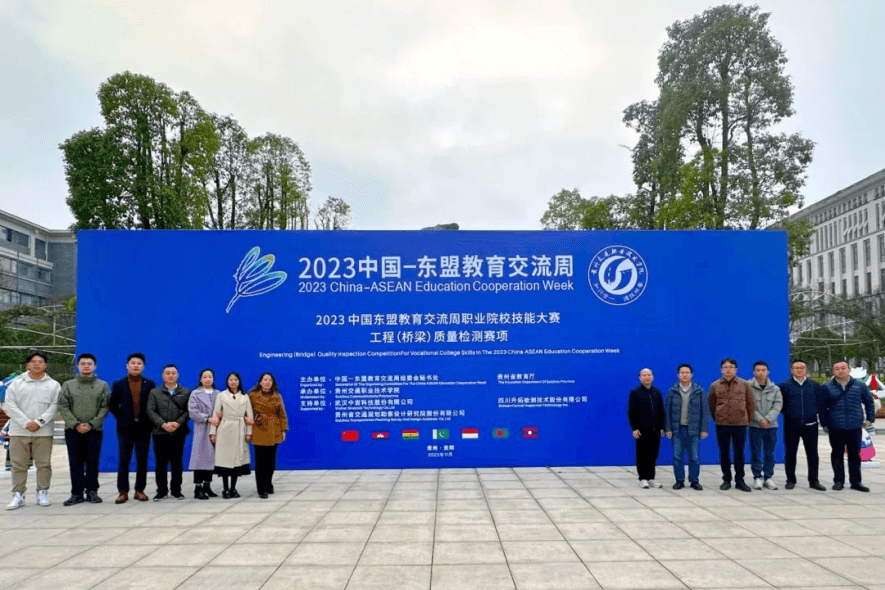Surface defect detection of in-service natural gas pipelines - Application of ACFM technology in petrochemical field
1 Inspection background:
油气管道是承担尤其运输,保护国家能源安全的重要设施,为了保证在役管道安全、平稳的运行,就必须对其进行风险分析,了解缺陷所在,及时进行相应的检修和维护。
2 Inspection status:
Magnetic particle inspection and penetration inspection are the most widely used surface defect inspection of oil and gas pipelines, but both of them require surface treatment, which is time-consuming and laborious, and the consumables used will also affect the environment. Magnetic flux leakage testing (MFL) and eddy current testing (EDDy-current), as emerging detection technologies, have also begun to be applied in a small range because of their advantages of no surface treatment. However, magnetic flux leakage testing can only detect defects such as corroded pits, and cannot detect defects such as cracks, while eddy current testing is affected by skin effect and the detection depth is only 1-2mm, all of which have certain limitations.

3 Test method:
Ac electromagnetic field detection (ACFM) technology is a non-contact non-destructive detection method based on the principle of electromagnetic induction. It can detect and quantify the surface and near-surface defects of the weld and the body of the oil pipeline, and the detection depth can reach 3mm.

4 Technical advantages:
1. It is not necessary to remove the paint layer on the surface of the pipeline during testing, avoid the grinding work required by ordinary magnetic powder and penetration testing, and improve the detection efficiency;
2, compared with magnetic powder and penetration testing, no consumables, cost saving, environmental protection;
3, carbon steel pipe detection depth of up to 3mm, compared with the eddy current test of 1-2mm, the detection range is wider;
4, more sensitive to crack defects, magnetic leakage detection is more sensitive to corrosion pit defects, the two complement each other.

5 Typical applications:
1, natural gas station gas pipeline defect detection;
2, long distance pipeline surface defect detection.



